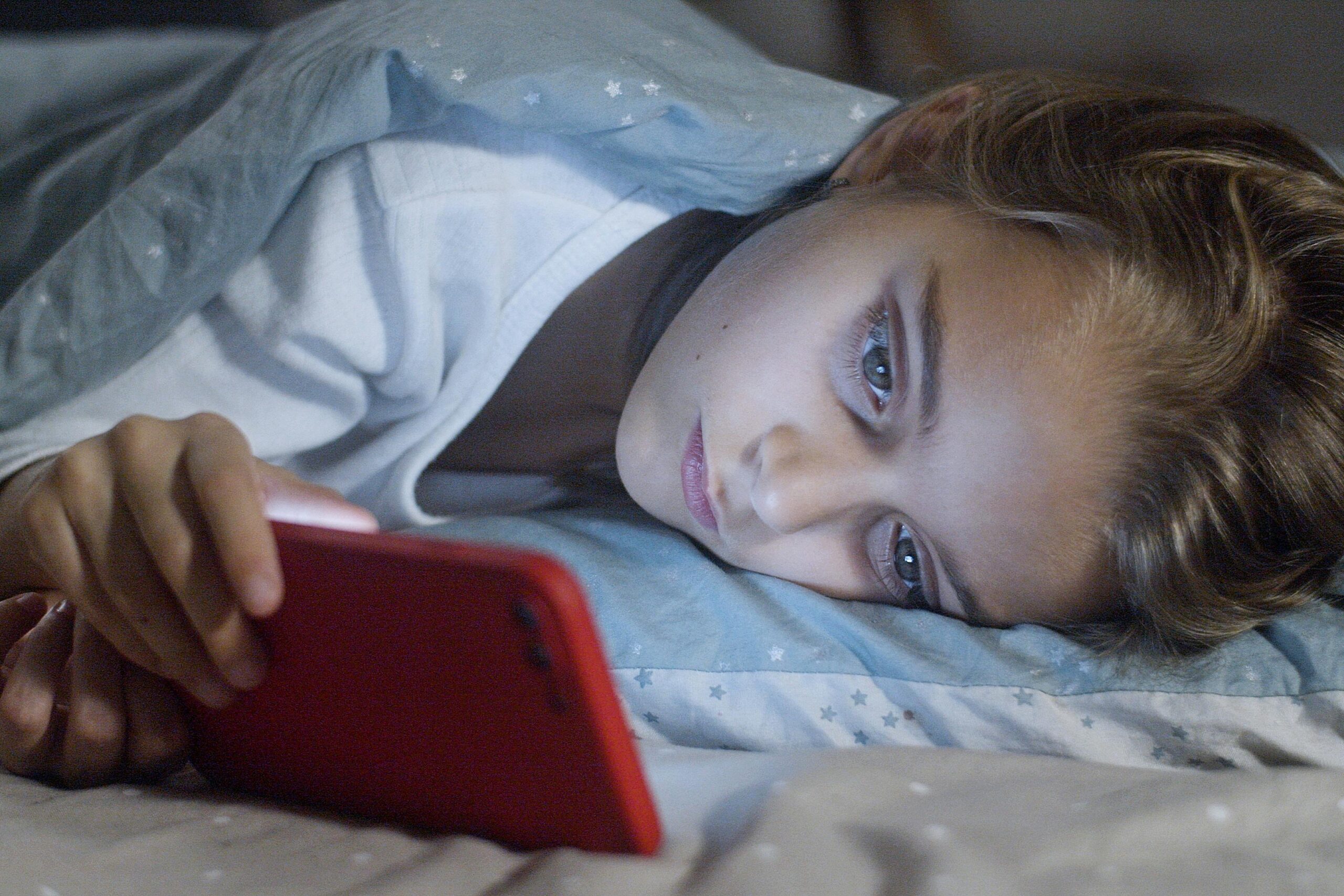In recent years, a trend with a half-ironic, half-accurate name has quickly spread among Gen Z: “bed rotting.” This term describes long periods spent in bed without doing much. People wrap themselves in blankets, scroll through short videos, listen to music, and avoid work, school, or any demands from the outside world. Although it may look harmless, this trend reveals deeper psychological and social issues affecting the Gen Z experience.
“Bed Rotting”: A Psychological Look at a Popular Gen Z Trend
The rise of this behaviour comes from several cultural pressures. Young people today grow up in a world of constant comparison, where social media highlights the achievements of others and increases the feeling of falling behind. Emotional exhaustion often results from this pressure. The digital world becomes a place to escape. For many, the bed is the last private, safe space in a world that constantly asks for more. The pandemic only made this pattern stronger. Months of isolation turned horizontal living into a default response to stress.
Psychologically, “bed rotting” is frequently seen as a way to stop worrying thoughts. For some, it marks emotional burnout when mental stress exceeds their ability to cope. It can also lead to avoidance. Staying in bed puts off unpleasant tasks, easing anxiety temporarily but gradually diminishing motivation and increasing feelings of helplessness. Long periods of inactivity and constant scrolling can create a state where time blurs and feelings fade.

This trend gained popularity because people have made passive withdrawal look appealing. Online videos show it as a cosy self-care ritual with soft lighting, warm blankets, and a cup of tea at the bedside. This imagery makes being inactive appear healthy, even restorative. However, the difference between resting and emotional distress can be very slight.
The behaviour raises red flags when someone feels they can’t leave the bed, loses interest in daily activities, has trouble with work or studies, or feels emptiness, guilt, sleep issues, or changes in appetite. In these cases, “bed rotting” is a sign of inner conflict or emotional overload, not just a trend.
Recovery often starts with small actions: taking a shower, opening a window, or doing a two-minute stretch. Simple routines help reconnect with the body. A bit of structure—like reading a page or stepping outside for ten minutes—can restore a sense of control. Being more mindful about digital content reduces emotional numbness, and supportive talks with trusted friends or professionals can uncover the causes of their struggles and help build resilience.
“Bed rotting” is not just another social-media trend. It has become a symbol of generational fatigue and a way to deal with anxiety, fast-paced life, and inner pressure. Resting in bed isn’t harmful on its own, but it’s essential to recognize when comfort shifts into avoidance and when temporary relief turns into emotional stagnation. Understanding these patterns can help young people return to an active life while being kind to themselves.





